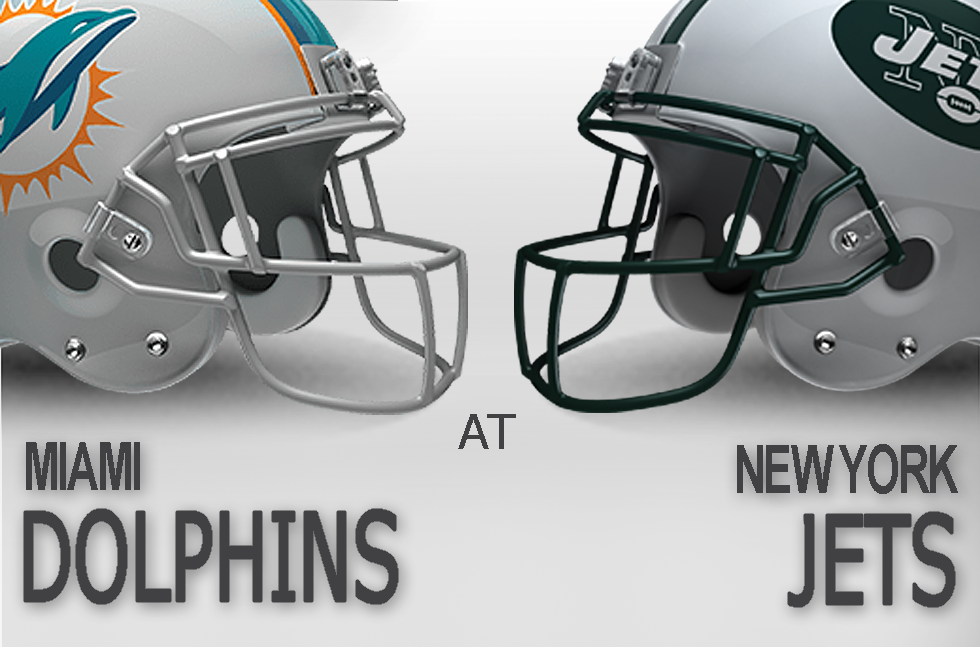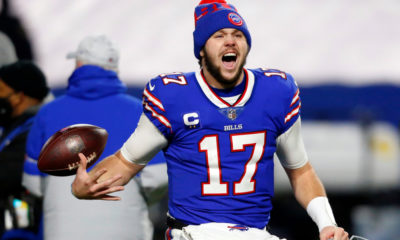
The anomaly of statistics and a (not so) in depth analysis of Monday night
by bPardo
“There are three types of lies: lies, damn lies, and statistics.” Mark Twain
Statistics have always played an integral part of sports, and as the mechanics of understanding these mystical numbers and access of information across all platforms became easier to attain for the average person, the interest has increased. Baseball in specific has always had a great interest in the story of the numbers; this is in large part because baseball has always given us the greatest sample size to analyze. Even then, the length of the playoffs as compared to the regular season means that the best team from the entire year generally doesn’t win the World Series. What does that mean about football? Football by its very nature is a difficult sport to analyze through statistics. Often, the numbers of what happens just don’t add up to the final result, yet those numbers yearn for attention.
Great news Dolfans! You got a really good team this year. Bad news Dolfans! It doesn’t mean anything.
Two teams this year represent how small sample sizes can lead to results that aren’t always conclusive with the numbers. Those teams are the Ravens and the Dolphins. Statistically speaking they run the gambit in a very similar fashion with one jarring difference; the Ravens strength of schedule has been significantly easier leading to a one win advantage over the Dolphins. Those numbers? The Ravens have a SOS ranking 28 in the NFL and the Fins 12. As this is a blog for the AFCE, and you all know who I root for, we will be looking into the numbers of what makes the Fins tick.
Defense
People expected the Fins to be good on defense this year. Did anyone expect them to become this good? No. A glance at whom the Fins have played and where they stand statistically is impressive. Games against three teams widely considered the best three in football. The defense has also had to play against 4 of the top 6 qbs in regards to passer rating. Yet with all this they still rank 4th in the NFL against the pass and 10th against the run. Miami is 8th in the NFL allowing only 19.9 points per game on defense. Tied for 4th in the NFL in total sacks. They are 11th in the NFL versus the run. The most telling statistic though is that Miami has started on the opposing teams side of the field more than any other team in the NFL. Though they have faced a litany of great offenses, the defense has consistently produced, statistically.
Miami’s defense has had one very large and obvious weakness this year though. Part of this is a testament to the caliber of quarterbacks they have had to face but if you want to be an elite defense you can’t give up three leads in the 4th. Miami’s defense has been especially bad at the end of a half or late in games. Twice Miami’s defense has allowed a game-winning touchdown with less than a minute on the clock in the game. This past Sunday was only Peyton Manning’s 3rd time in his career where he came back from down more than 10 in the fourth quarter. Miami allowed 22 in the 4th after only allowing 17 through the first three.
In a sample size as small as football, 16 games and 960 regulation minutes in a season, being bad for even 20 minutes can cause a significant statistical shift. 20 minutes is somewhere between 1-2% of the available season. 20 minutes of play and though you are statistically a top 5 defense, you are a 5 loss team 11 games in.
Offense
Coming in to this season no one quite knew what to expect from the offense. Questions were everywhere. Could the Fins fix what was almost a historically bad offensive line? Was Tannehill capable of taking the next step? What would Lazor bring to the table as a coordinator? After a shaky first three starts, Miami’s offense has shown more spark than it has in a long time. Miami is actually 10th in the NFL in ppg, averaging 25.4 behind a line that has helped open holes for a running game averaging 125 yards per game, a short passing game that is keeping the chains moving, and an offense that seems to finally take advantage of positive situations. This is helped tremendously by the best average starting position of any offense in the NFL and the most starts in the NFL in the opponents are of the field. The three biggest statistical changes come because of two players acquired and one who has taken the next step.
One of the biggest issues with the passing game last year was the sacks given up. Miami lead the NFL with a whopping 8 more than any other team. This year they are 16th in the NFL. Miami was getting great play out of Albert, its offseason pick up through free agency, before his injury. Even in his absence, a finely tuned short passing game combined with better oline play has led to the ability for this offense to keep the ball moving. Miami was 23rd last season in yards after catch, this season they are 12th. A large part of this was the pick up of Jarvis Landry in the draft whom has over 280 YAC. This is over 100 more than the 2nd closest receiver, Mike Wallace. This is particularly interesting because though Landry was known for his hard nose play, he wasn’t impressive in YAC during his time at LSU. A finely tuned short and medium passing game, time in the pocket, and receivers making plays with the ball in their hands leads to the final asset which has likely caused the largest jump in the over all play of the offense. Ryan Tannehill. Tannehill has been a clearly better player this year. The offense utilizes his talents well and has allowed him to shine. He currently has the 11th highest passer rating in the NFL, and if you take his rating from the 4th game of the season, which was an obvious turning point, he would be the 4th ranked qb in terms of passer rating with right above a 105. He would be behind only Rodgers, Romo, and Manning. Adding the facet of his legs and just enough read option to keep defenses guessing, his statistical jump has been impressive and should have him in the running for Most Improved Player.
Overall
Miami has a positive takeaway-give away differential at a positive three, which is good enough for tenth in the NFL. Most the statistics above would indicate at team battling for the division crown or high up in the wild card race. The stat the most shocking is point differential. Spurred significantly by the blow out win over the Chargers, Miami has a plus 66 point differential on the season putting them at 7th in the NFL. This is against one of the toughest schedules played to date. Point differential has often been closely tied to playoff success and statistically tends to be one of the strongest correlating factors in determining which teams will go deep in the playoffs. Every other team in the top 11 of point differential has at least 7 wins and either is in the lead for their division or controls their own destiny in the wild card race. Miami is on the outside looking in.
Part of what makes football so exciting is that it really is any given Sunday due to the fact it’s so difficult to forecast without a true sample size, but the Dolphins are not fans of that this year.
Monday Night Jets – Dolphins
Miami is better in every single aspect of the game. This game shouldn’t even be close. Instead, its in New York on a Monday night. Darn division rivalries. I still have Miami winning comfortably by 10.





































Facebook
Twitter
RSS